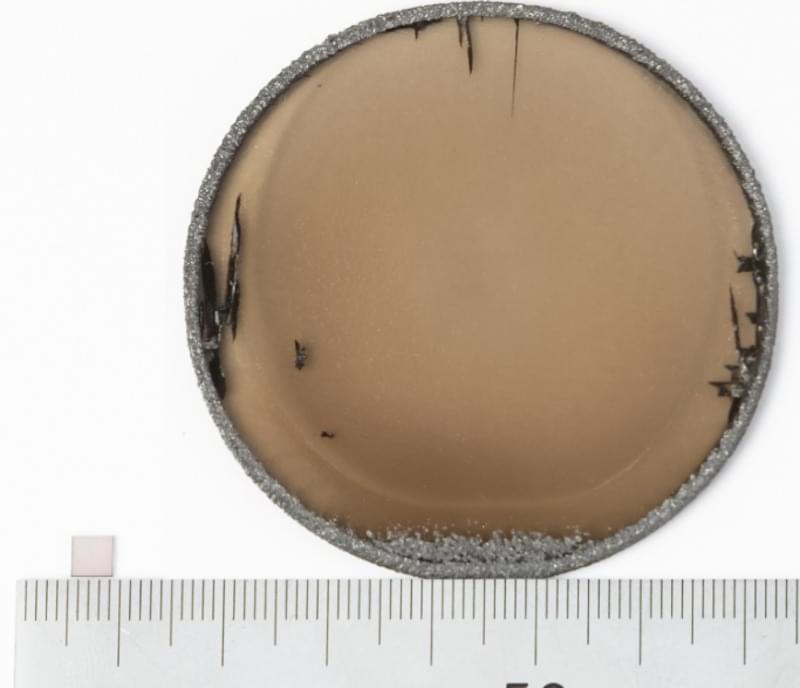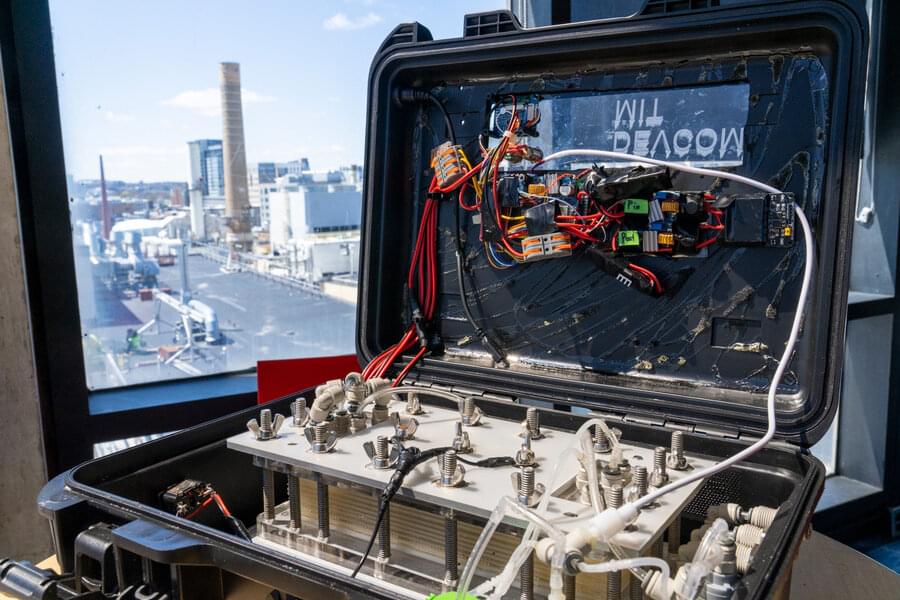Apr 29, 2022
A Problem That Could Plague Rapid Transport Like Bullet Trains & Hyperloop
Posted by Shubham Ghosh Roy in categories: energy, mapping, transportation
If you look at Amtrak’s route map, you’ll notice that the service isn’t really geared toward serving rural areas and smaller cities. Sure, they do stop at some smaller cities along existing rail routes, but those aren’t the point as much as a place to get fuel and let people get onto connecting services. On top of that issue, Amtrak largely uses the same tracks as freight trains, and the freight lines have been placed according to freight needs and not the needs of potential passengers. In one particularly weird case, it completely skips the Phoenix metro area, with the nearest station in Maricopa.
But I’m getting off topic a bit with that last one. The main point to gather from the map is that it’s designed mostly to connect larger cities with other large cities. Going from New York to Los Angeles isn’t a big deal. Going from El Paso to Albuquerque, well, even Amtrak tells you on the map that you’re getting on a Greyhound. Public transit really isn’t a priority in the United States, though. So maybe this isn’t a fair comparison. Let’s look at some maps in other countries for a minute:



















